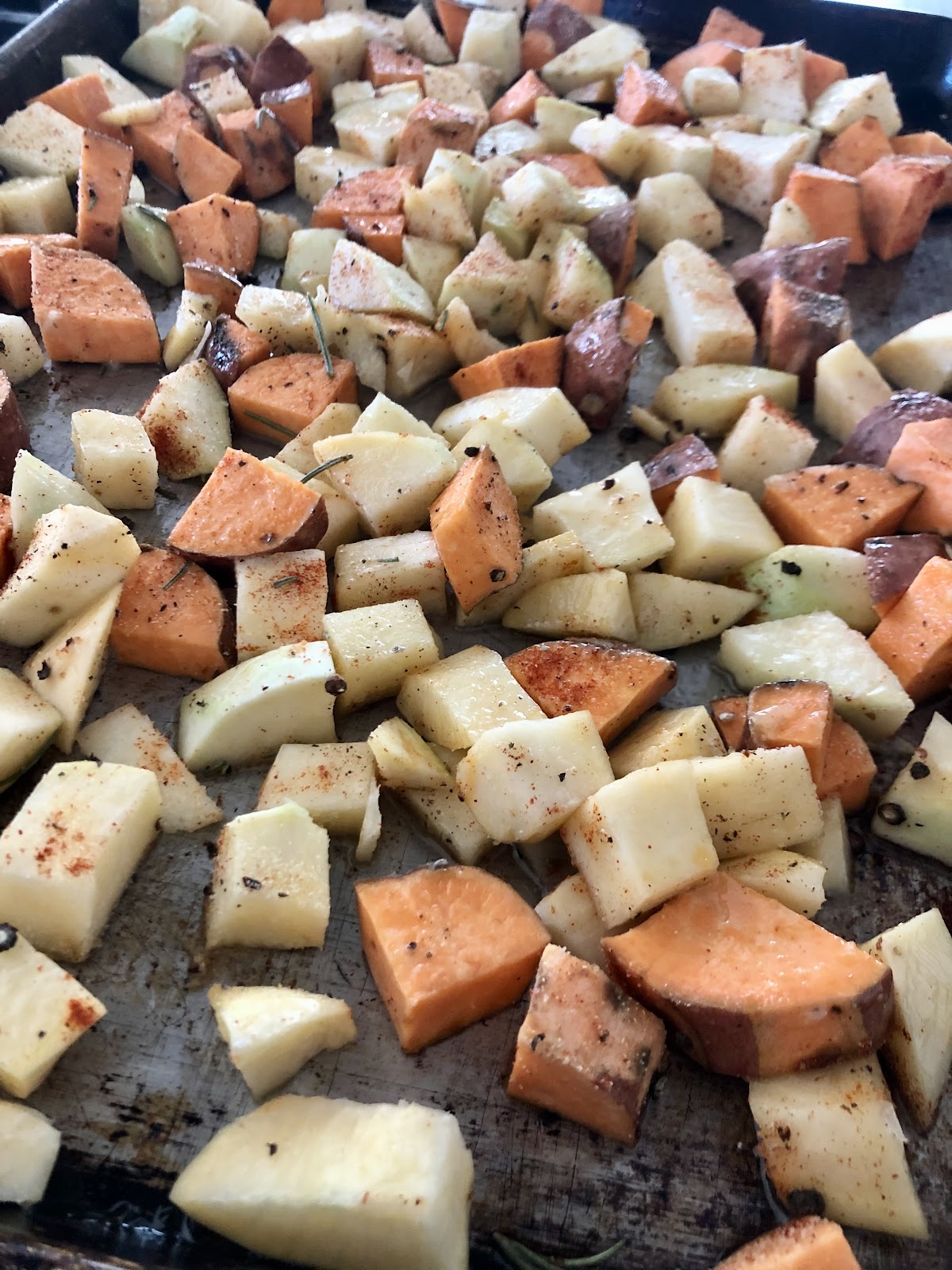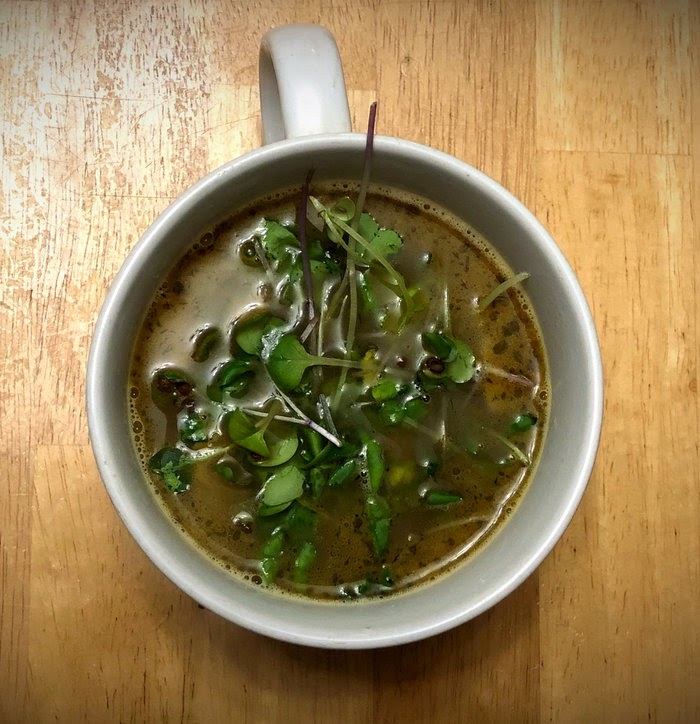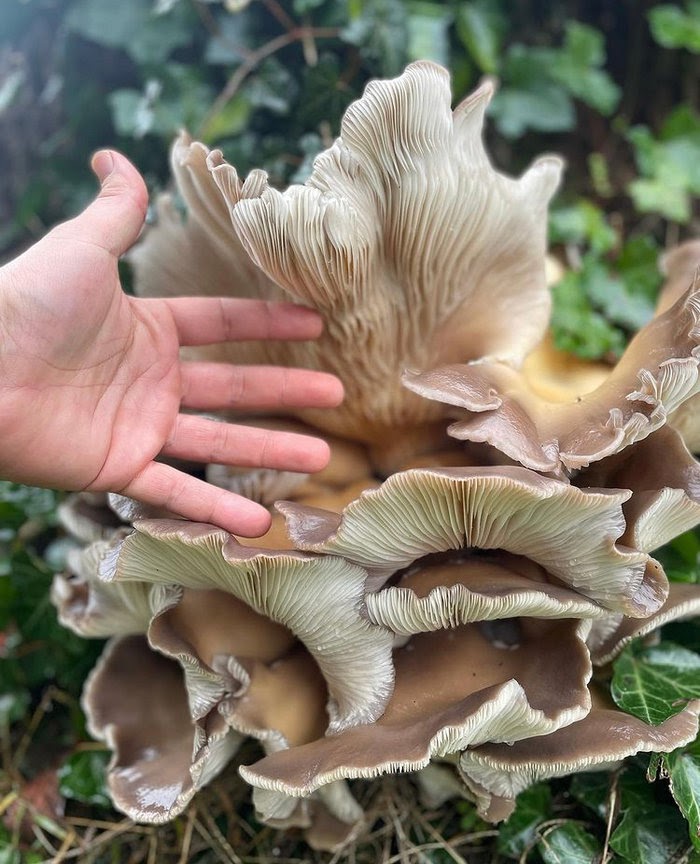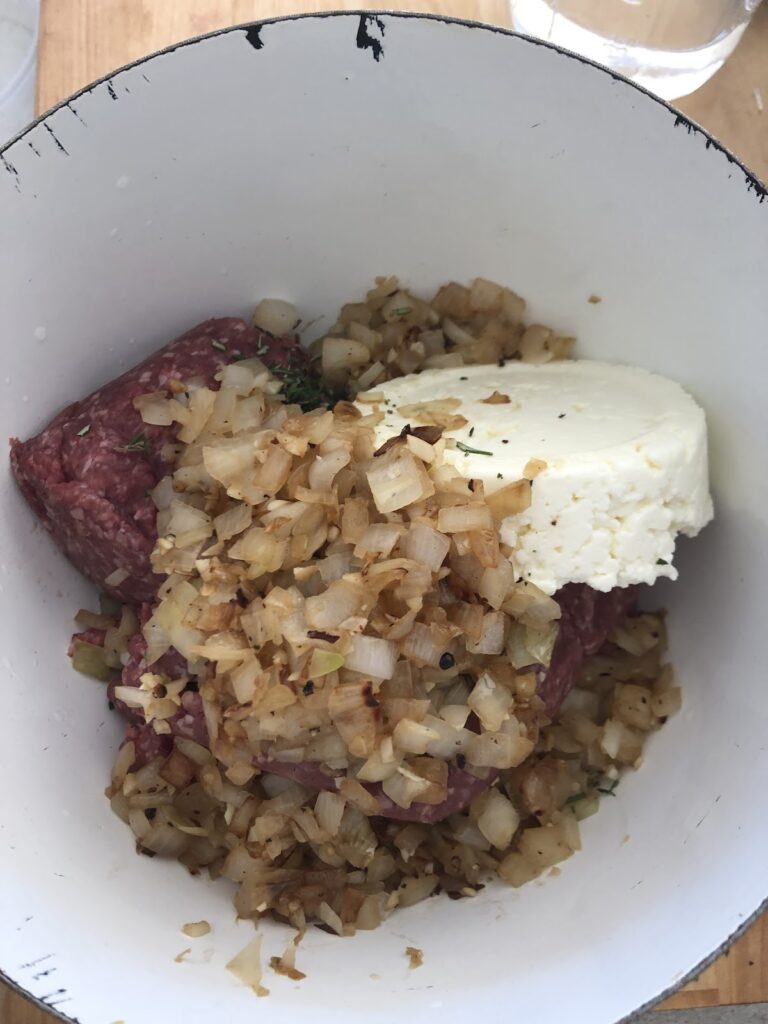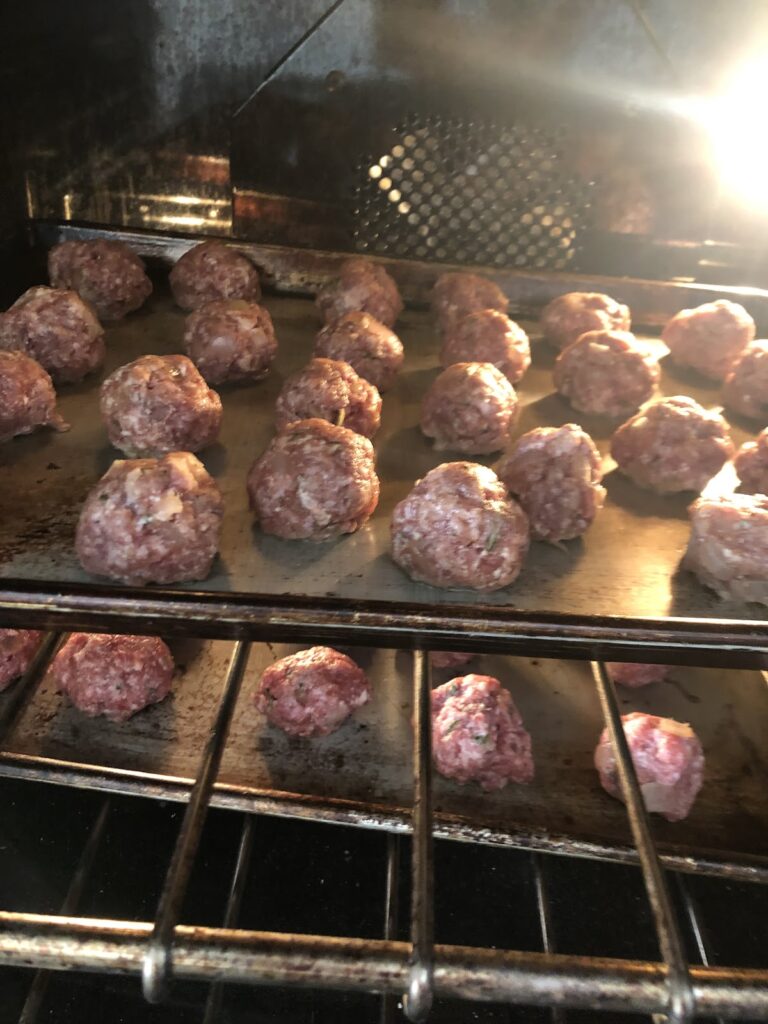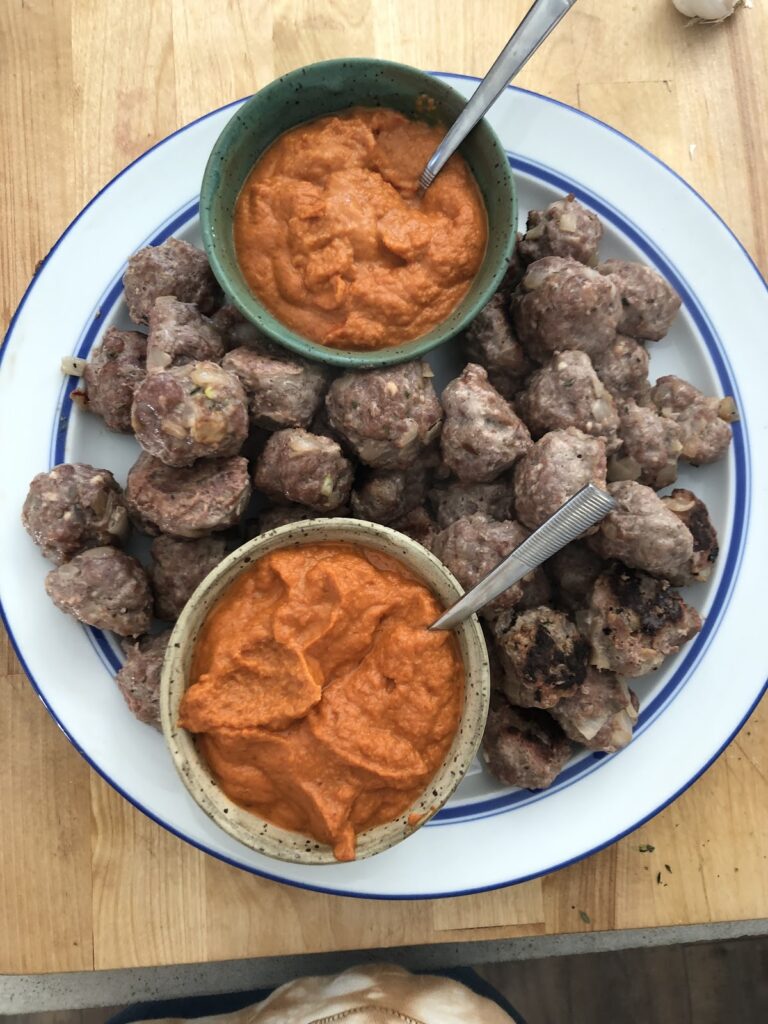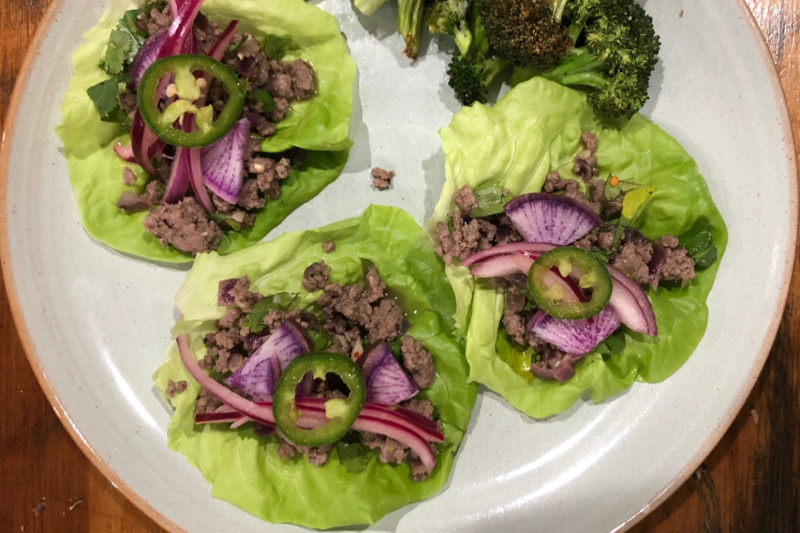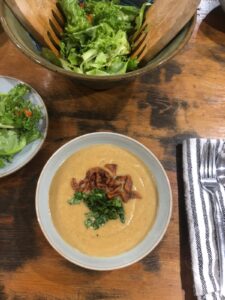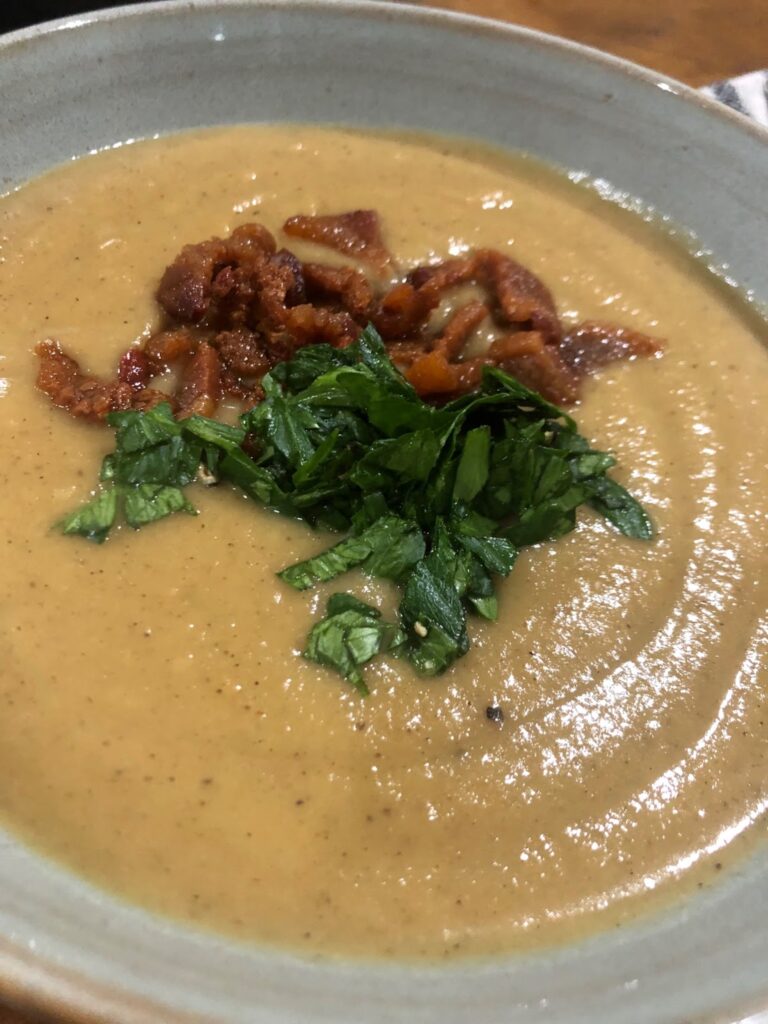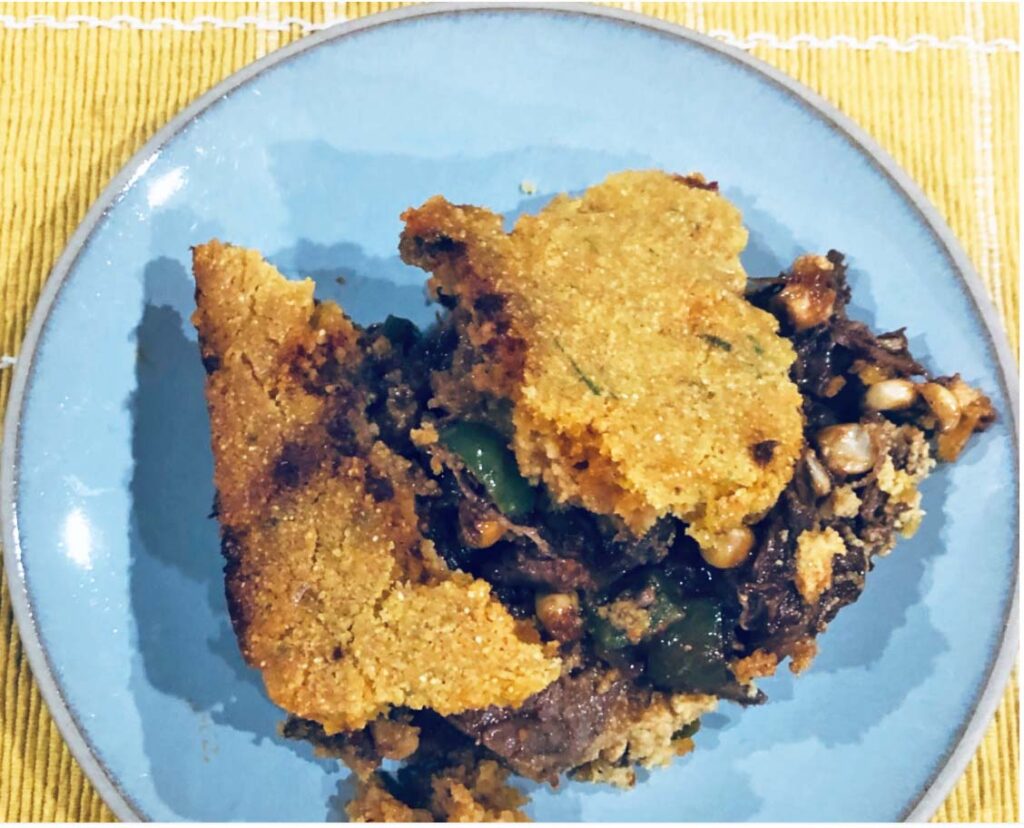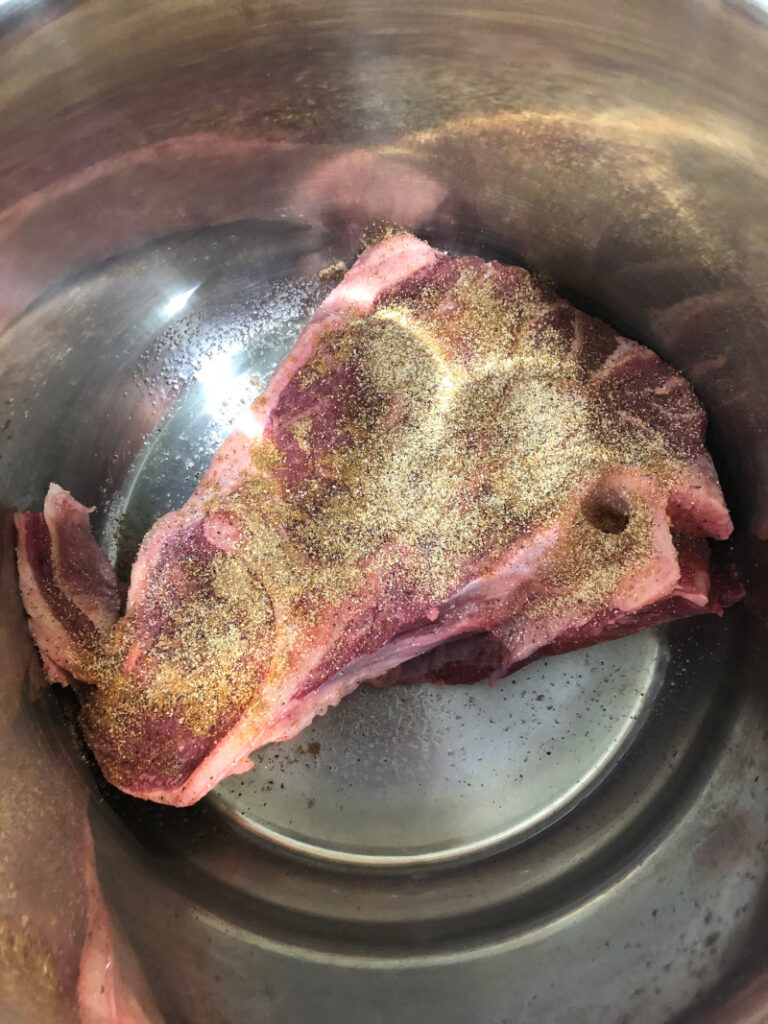Words and Photos by Amanda Callahan of Callywood Farms
I’m a big fan of breakfast. I’m especially a big fan of breakfast when I’m not running the morning school/work routine marathon. So, when I have the time, I LOVE putting in the extra effort for a big, hearty breakfast. On the weekends, we like having a super late breakfast around 10 a.m. The animals have been fed, and we can settle in as a family to enjoy a table loaded with yummy food. (It’s also a perfect time to shore up sustenance for a weekend full of to-do lists and commitments.)

Our go-to options are frittatas or a sheet pan hash made with delicious, roasted local vegetables accompanied by fresh eggs and savory meats. The beauty of both of these dishes is that you can spice them any way you like, creating a truly customized meal based on the seasons and whomever is sharing your table that morning (actually, these make great last-minute brunch-for-dinner nights too!). Dress them with hot sauce and microgreens for extra pizazz and nutrition.
Here’s a breakdown of combinations to try. Play around and experiment! You really can’t go wrong — this is basically a fail-proof meal guaranteed to taste delicious.
Vegetables: potato, sweet potatoes, rutabaga, turnip, carrots, parsnips, squash (winter and summer), radish
Optional meat: Break up ground sausage, slice up bacon, or add leftover meat from the night before (see recipe on when to add)
Greens: kale, Brussels sprouts, spinach
Seasoning profile: Mexican (chili powder, cumin, garlic), Moroccan (cumin, coriander, cinnamon), herbaceous (garlic and a mix of herbs)
Serving: hot sauce, microgreens, cheese or go vegan and sprinkle some hemp hearts for added protein!
Ingredients as pictured
2 rutabagas, peeled and diced
1 turnip, peeled and diced
3 sweet potatoes, diced
1 onion, diced
Salt and pepper, garlic powder, smoked paprika
½ bag/bunch lacinato kale
Fried eggs
Hot sauce and microgreens for serving
Directions
Preheat the oven to 425 degrees.
On a large sheet pan that has been greased or covered (parchment, Silpat, foil), heap your vegetables in the middle. Coat with about two tablespoons of the oil, and sprinkle with seasonings. If you’re going to include any uncooked meat, like sausage or bacon, add now. Toss all ingredients and spread out into a single layer.
Roast in the oven for about 30 minutes, flipping the mixture when it’s a little more than halfway done.
When it looks like the vegetables are just about done (good browning on the edges and cooked through), remove the sheet pan. Add the shredded kale (if you were going to add any leftover or previously cooked meat as noted in the rundown above, you would add now). Toss together lightly and roast for an additional 5-7 minutes until the kale is browned.
Serve as desired!
